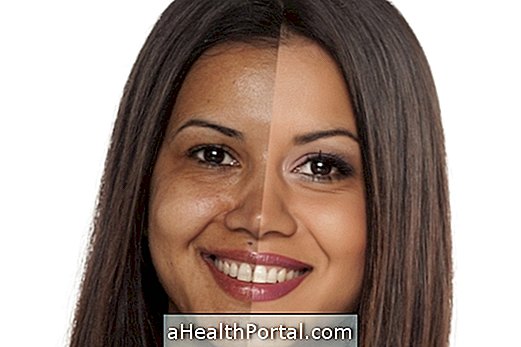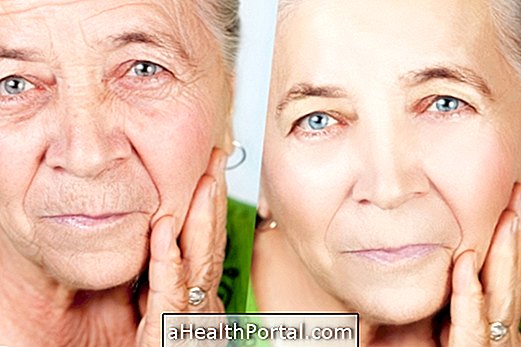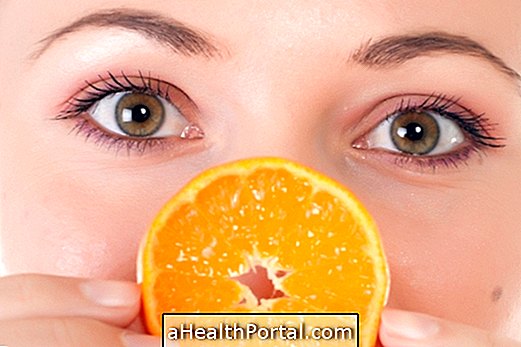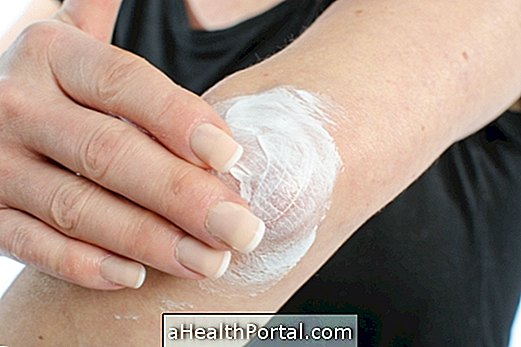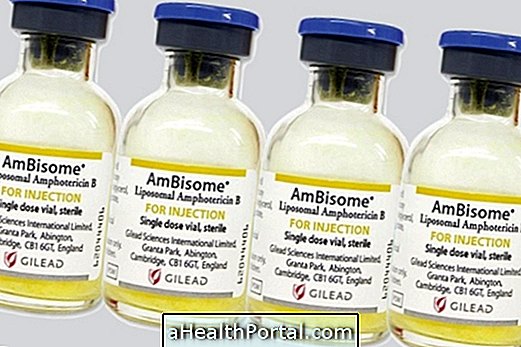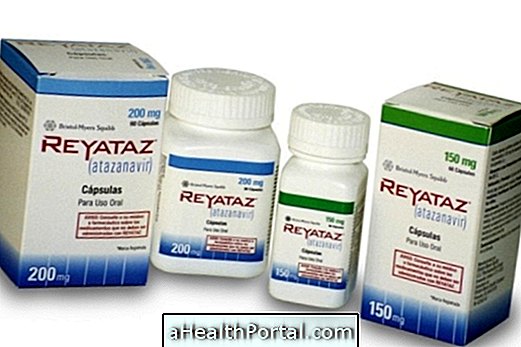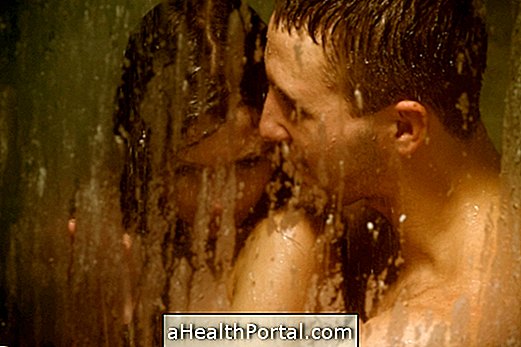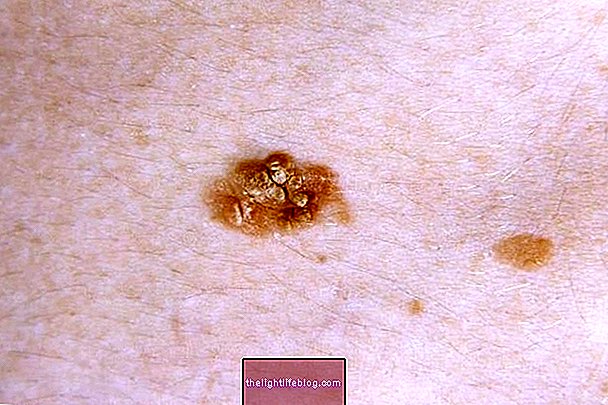Tanning is one that is done in a tanning chamber and produces results similar to those that occur when the person is exposed to the sun, making the skin more golden and darker. However, this practice poses health risks when used incorrectly or when it is done on a regular basis, having the same harmful effects of sun exposure at inappropriate times because it also contains UVA and UVB rays.
Although generally used in short sessions of less than 20 minutes, even if the person does not leave the session with red skin the harmful effects occur and although it may take a few years to manifest themselves are very serious.
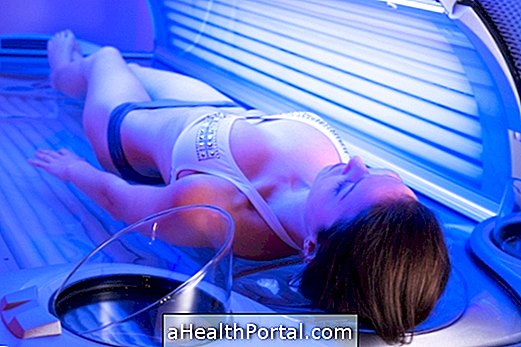
The use of artificial tanning chambers for aesthetic purposes was banned by ANVISA in 2009 due to health risks. The main risks of tanning in artificial chambers are:
1. Skin cancer
The development of skin cancer is one of the main risks of this type of tanning due to the presence of ultraviolet light that the equipment produces. The longer the person uses this type of tanning, the greater the chances of developing cancer.
The first signs of skin cancer can take years to come up but they include spots that change color, size or shape and so if you suspect you should go to the dermatologist for it to see and request a biopsy in case of suspicion .
2. Aging
UVA rays penetrate the deeper layers of the skin affecting the collagen and elastin fibers and the tendency is for the person to look older and tend to develop small dark spots on the skin. The wrinkles and lines of expression intensify and leave the person with a more tired and aged appearance.
3. Vision problems
These can arise especially if the tanning session is performed without goggles. Ultraviolet rays penetrate the pupil and retina causing changes like cataract even if the person is only with eyes closed but without the goggles.
4. Burns
Staying longer than 10 minutes in a tanning chamber can cause severe burns in any area exposed to lightning. So the person can get red and burning skin as if he had stayed a long time in the sun. The bikini or swimwear markers are evidence that the skin has been assaulted and the redder the skin, the more severe the burn.
How to get tanned safely
The use of self-tanning creams, with dihydroxyacetone, is an excellent option for tanning the skin all year round and without putting health at risk.
These products do not stimulate the production of melanin, which is the pigment that gives color to the skin, only dye the most superficial layer of the skin and therefore are not aggressive. This form of tanning leaves the skin golden and not burnt or reddish as can happen with prolonged exposure to the sun or with the tanning chambers. See how to use the self-tanner without staining the skin.
